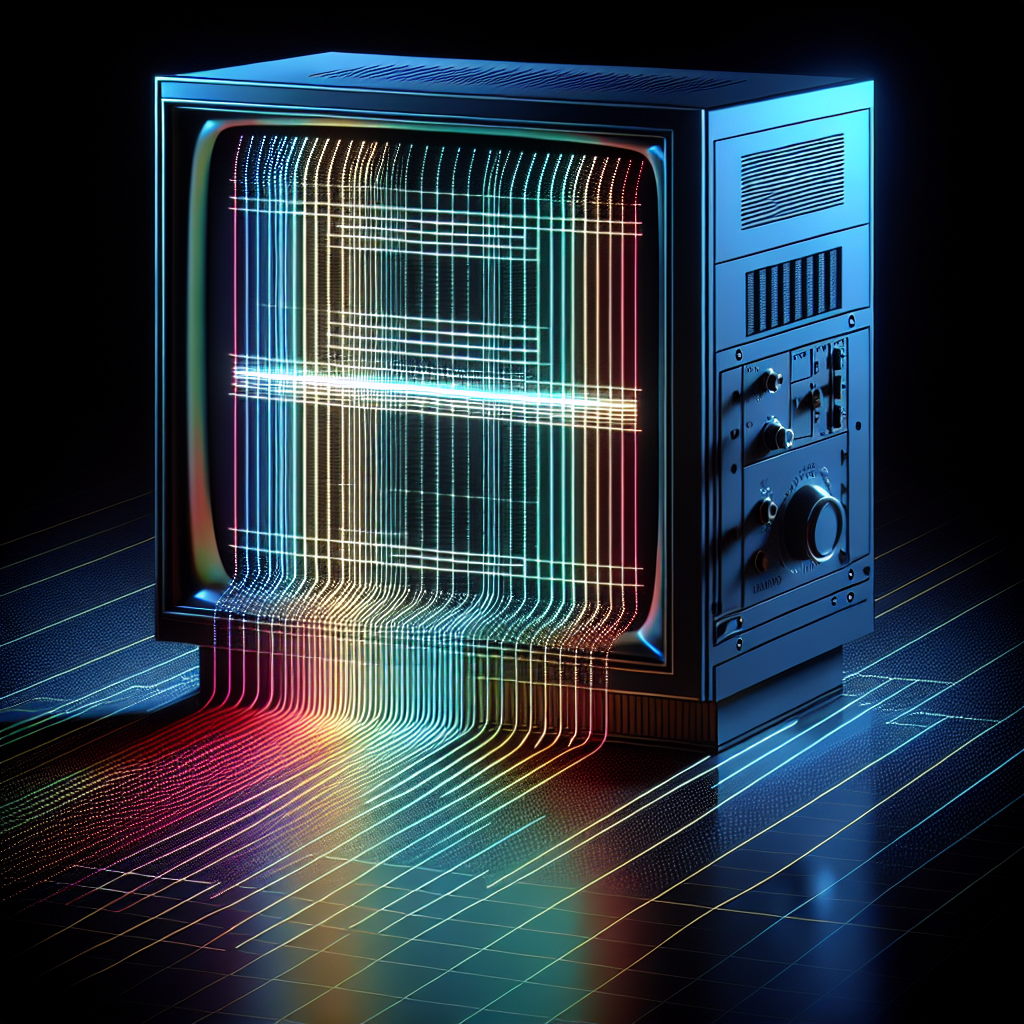Cathode Ray Tubes (CRTs) have been the backbone of display technology for many decades. One of the cornerstone techniques used in CRTs is raster scanning. Raster scanning in a CRT involves the systematic movement of an electron beam to create images on the screen. By understanding the process, advantages, and applications of raster scanning, you can appreciate how it has shaped the displays we use today.
Understanding Raster Scanning
Raster scanning refers to the systematic movement of an electron beam across the screen in a series of horizontal lines. This movement allows the CRT to create images. CRTs convert electrical signals into visual information through this method.
| Aspect | Description |
|---|---|
| Process | Systematic horizontal and vertical movement of an electron beam |
| Purpose | Create images on the CRT screen |
| Applications | TVs, oscilloscopes, monitors |
How Raster Scanning Works
The process of raster scanning involves several steps:
- Horizontal Scanning: The electron beam moves from the left to the right of the screen.
- Vertical Scanning: After reaching the end of a horizontal line, the beam moves down to the next line.
- Pixel Illumination: The beam modulates its intensity to create varying brightness levels across pixels.
- Frame Generation: Horizontal and vertical movements repeat rapidly to form an entire image frame.
Horizontal and Vertical Deflection
Two deflection systems, horizontal and vertical, are responsible for the electron beam’s movements. The horizontal deflection system moves the beam side to side, while the vertical deflection system moves it up and down. These coordinated movements create a series of horizontal lines that fill the screen from top to bottom.
Beam Intensity Modulation
The electron beam’s intensity is modulated to change pixel brightness. By controlling the beam’s intensity, different shades of light and dark can be created, forming a complete image.
Raster Scan Patterns
There are different types of raster scan patterns used in CRTs:
- Progressive Scan: Sequentially scans each line from top to bottom.
- Interlaced Scan: Scans odd and even lines in separate passes to enhance the perceived frame rate.
Advantages of Raster Scanning
- Cost-Effective: Easier and cheaper to implement compared to alternative scanning methods.
- Standardized: Widely adopted in various applications, offering a consistent approach to image display.
- Detailed Images: Capable of producing high-resolution images by controlling pixel illumination accurately.
Applications of Raster Scanning in CRTs
Raster scanning is utilized in various devices:
- Television Sets: Traditional CRT televisions use raster scanning to display broadcast signals.
- Computer Monitors: Older computer monitors rely on this method for screen display.
- Oscilloscopes: Electronic measurement devices that visualize electrical signals.
Impact on Modern Display Technology
While CRTs have largely been replaced by modern display technologies like LCDs and OLEDs, raster scanning has had a lasting impact. The principles of raster scanning have influenced the development of various modern display techniques.
Conclusion
Raster scanning in CRTs represents a foundational technology in the realm of electronic displays. By understanding its workings, benefits, and applications, one can appreciate the pivotal role it has played in shaping the visual technology landscape.

